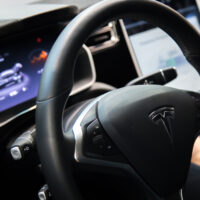The Safety of Self-Driving Cars

The latest and greatest innovation in car safety technology is the elimination of driver input from the equation altogether. Self-driving cars are about to become commonplace on US roads, but has the current technology been sufficiently developed and tested to ensure safety and prevent serious car accidents? Some experts disagree.
Safety regulators have been circumspect about self-driving cars and have not yet offered concrete restrictions or regulations on these technologies. In September of 2016, the National Highway Traffic Safety Administration (NHTSA) issued a set of voluntary guidelines that encouraged makers of cars with autonomous driving systems to follow a 15-point safety assessment to determine whether their self-driving systems were truly safe enough for wide release. In July of 2016, Consumer Reports called on Tesla to roll back its self-driving features. The consumer watchdog argued that the company’s marketing materials which claim that it will relieve drivers of the most “tedious” aspects of road travel conflicts with its reminders that Tesla drivers are ultimately responsible for and in control of their vehicles at all times, leaving customers confused. Currently, a law which requires New York drivers to have at least one hand on the steering wheel at all times means that self-driving technologies are unavailable to drivers, though momentum on the state and local level has been building behind a repeal of this law.
Despite the absence of formal laws and regulations governing self-driving cars, there will soon be thousands more cars on the road with the capability to operate in self-driving mode. Tesla founder and CEO Elon Musk announced in October of 2016 that all Teslas built after that date would include self-driving hardware, but that subsequent software updates would be required to activate the self-driving features. Musk has recently disclosed that Tesla owners can expect updates of the software enabling what it calls “Enhanced Autopilot” before the end of the year.
In addition to Tesla’s self-driving cars, GM has announced that it is close to releasing new models containing certain self-driving capabilities. Namely, it plans to offer a feature it calls Super Cruise which will be capable of gradually bringing a car to a halt and putting on the car’s hazard lights if the driver fails to respond to numerous warnings that a driver is drifting from their lane of traffic. An NHTSA representative has expressed reservations about this technology, pointing out the safety risks of a car coming to a stop in a lane of traffic, and encouraged GM to “fully consider the likely operation of the system it is contemplating and ensure that this fallback solution does not present an unreasonable risk to safety.”
Tesla’s autopilot features have come under fire in recent months after several of the cars were involved in accidents, one of which was fatal, while in self-driving mode. In May of 2016, a Tesla with self-driving features collided with a tractor-trailer making a left in front of the car. Musk claims that, after recent updates to the self-driving and collision-prevention systems in the cars, that collision would not occur in a new Tesla.
If you or someone you love has been injured in an accident with a negligent or irresponsible driver on New York roads, contact the compassionate, experienced, and effective Kingston auto injury lawyers at Rusk Wadlin Heppner & Martuscello, LLP for a consultation on your claims, at 845-236-4411 for our office in Marlboro, or 845-331-4100 for our Kingston office.

